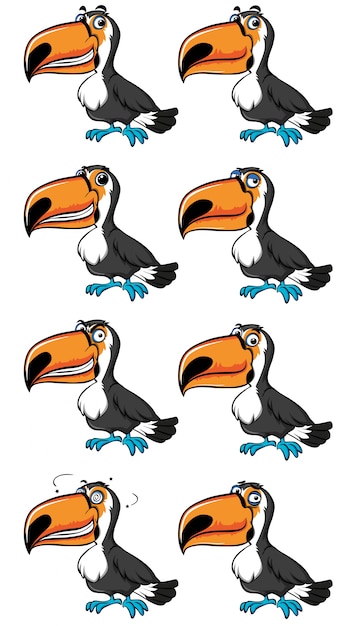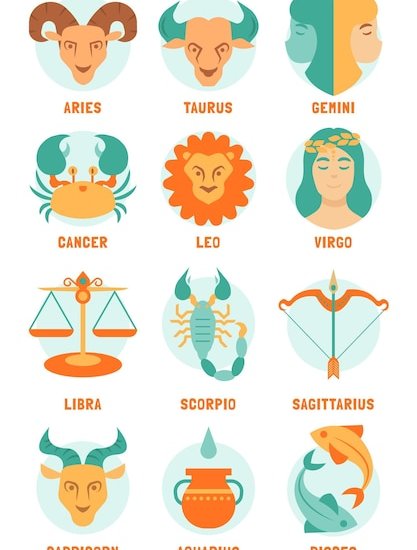Interesting facts about the platypus

The platypus is one of the few mammals that lay eggs.
Platypuses are known for their unique appearance, with webbed feet and a bill like a duck.
These interesting creatures are endemic to Australia.
The platypus has the ability to produce venom, making it one of the few venomous mammals.
Platypuses are excellent swimmers and spend most of their time in water.
They have a specialized electro-receptor system on their bills that helps them find prey underwater.
Despite their appearance, platypuses are not related to either ducks or beavers.
Platypuses have dense and waterproof fur that helps them stay warm while swimming.
These quirky creatures have a sixth sense called electroreception, which allows them to sense electrical signals produced by their prey.
Platypuses have a highly efficient metabolism, allowing them to consume large amounts of food in a short amount of time.
Baby platypuses are called puggles.
The platypus is an evolutionary marvel, with a unique combination of mammalian, avian, and reptilian characteristics.
Platypuses have been around for millions of years and are considered living fossils.
They have been featured on Australian coins, stamps, and even postage marks.
The bill of a platypus is not only used for sensing prey but also for digging burrows.
Platypuses have a good sense of smell and can detect prey through their nostrils while underwater.
Interesting facts about the platypus part 2
These creatures have a low body temperature compared to other mammals, around 32-33 degrees Celsius.
Platypuses have a tough and leathery beak that helps them catch and hold onto slippery prey.
They have a keen sense of hearing and can detect underwater sounds.
Platypuses are solitary creatures and prefer a quiet and secluded lifestyle.
The fur of a platypus changes depending on the season, with a thicker coat during winter.
Despite their small size, platypuses are excellent hunters and can catch large prey like crayfish.
Platypuses are mainly active during dawn and dusk when they forage for food.
They can stay submerged underwater for several minutes, relying on stored oxygen in their muscles and blood.
Platypus milk is unique and contains special proteins that help protect the babies from bacteria and viruses.
The platypus is the official animal emblem of the state of New South Wales in Australia.
Platypuses have soft pads on their feet that allow them to move quietly and efficiently on land.
They have a strong sense of touch and can detect vibrations in the water.
Platypuses are excellent burrowers and create complex tunnel systems in river banks.
They communicate with each other using growls, hisses, and barks.
The platypus has a layer of skin covering its eyes while underwater, acting as a protective layer.
Platypuses also have the ability to store and carry food in their cheek pouches.
Despite their quirky appearance, platypuses are exceptional survivors and have adapted to changing environments.
They are excellent at navigating in water, with specialized webbing between their toes.
Platypuses have a high metabolic rate, enabling them to maintain a constant body temperature.
The platypus is highly sensitive to pollution, making it an important indicator species for assessing water quality.
Their bills contain thousands of tiny sensors that help them detect prey by sensing movements and vibrations.
Platypuses have a courtship ritual that involves males performing synchronized swimming displays.
These unique creatures are protected by law in Australia because of their vulnerable status.
The platypus is a master of camouflage, with its brown fur blending perfectly with the riverbed.
Platypuses are known to produce different types of sounds, including purring and growling.
They have a low reproductive rate, with females laying only one to three eggs per breeding season.
Platypuses have been a subject of fascination in scientific research due to their peculiar biology.
They play a vital role in ecosystem health, contributing to the balance of the aquatic food chain.
Platypuses have captivated people around the world with their unusual features and behaviors.

